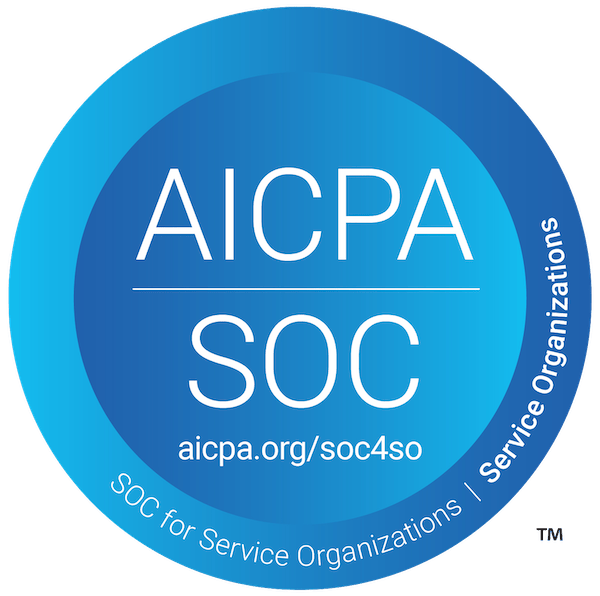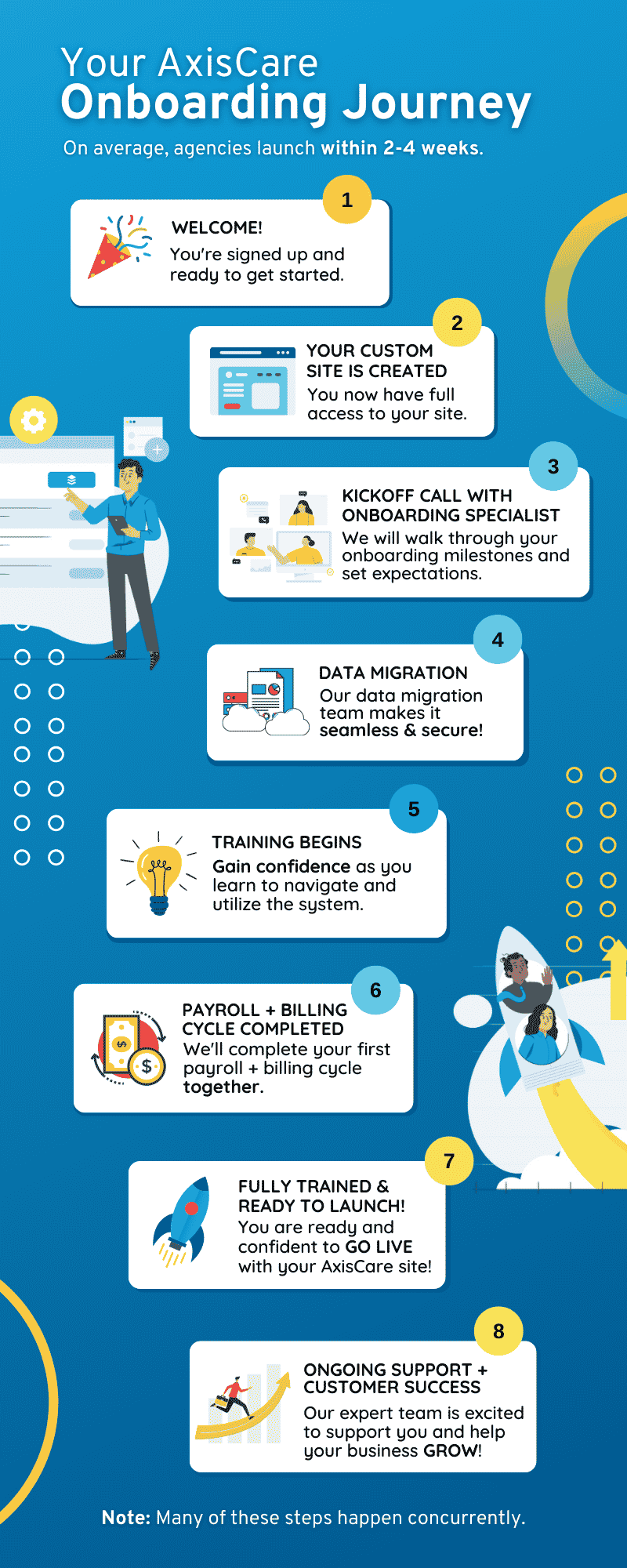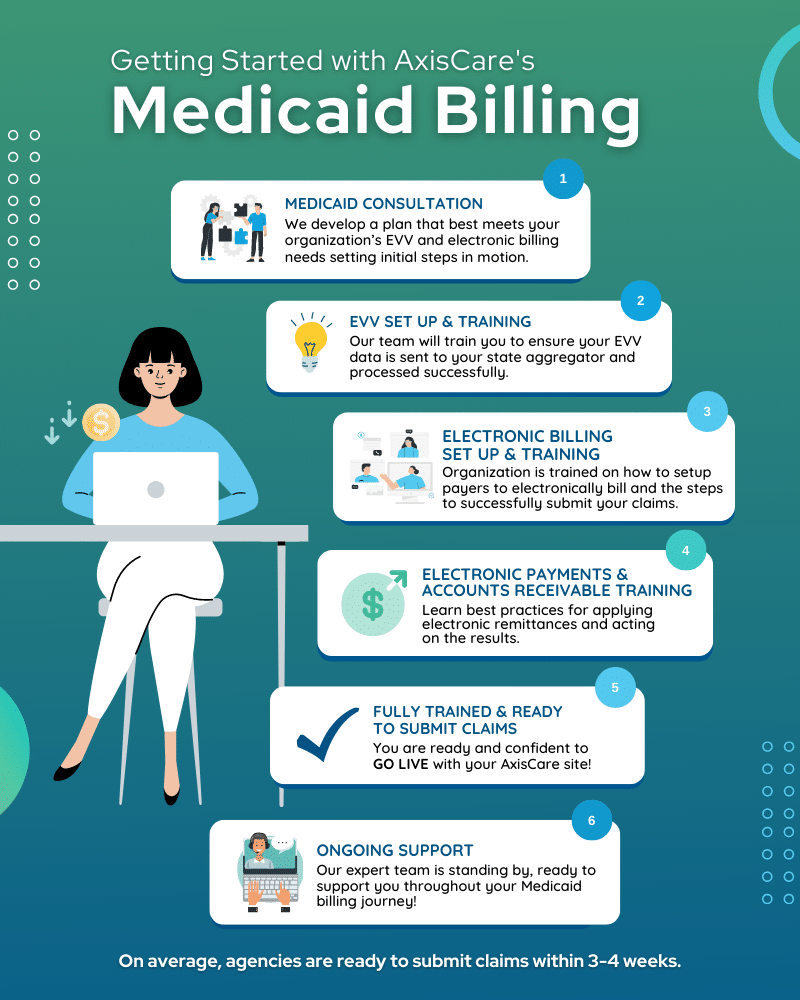AxisCare Home Care Software Blog
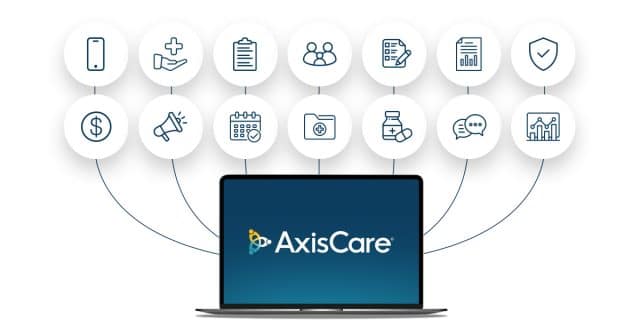
Featured

Key Considerations for IDD Compliance, Billing, & Payments
Learn the key considerations for IDD compliance in billing and payments, including regulations, best practices, and strategies to ensure accuracy and avoid penalties.
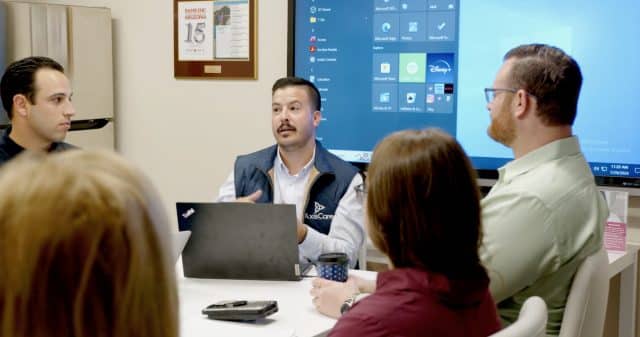
5 Methods to Improve Your Home Care Business’s ROI
Maximize ROI and improve stakeholder engagement for your home care agency. Get expert insights on operational strategies for growth and efficiency.

10 Solutions to Scheduler Frustrations in Home Care
Follow along as Stephen Tweed of Leading Home Care … a Tweed Jeffries Company unpacks the top ten solutions to scheduler frustrations.

How Scheduling Can Impact Caregiver Turnover
Discover how effective scheduling can improve caregiver turnover, boost satisfaction, and improve retention in home care agencies.
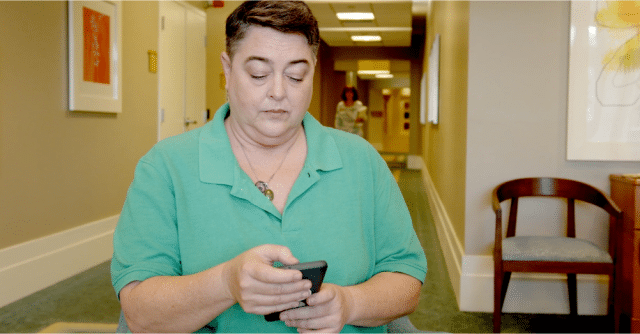
Five Causes of Home Care Scheduler Burnout and Turnover
Follow along as Stephen Tweed of Leading Home Care … a Tweed Jeffries Company unpacks the top five causes of scheduler burnout and turnover.
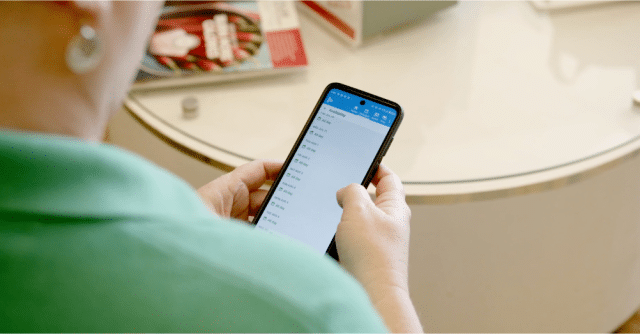
Solving Home Care’s Biggest Operating Challenges: Scheduling and Schedulers
Follow along as Stephen Tweed of Leading Home Care … a Tweed Jeffries Company unpacks the challenges of scheduling in home care.

What is Private Pay? Different Pay Sources, Explained
Learn what private pay means in home care and explore different payment sources agencies work with to help families access the right care and funding options.

How to Care for Adults With Intellectual and Developmental Disabilities
Discover best practices that help agencies support adults with developmental disabilities in fostering independence through person-centered planning and daily support.

What to Look for When Hiring a Home Care Scheduler
Discover what to look for when hiring a home health scheduler. Learn key skills, tech expertise, and best practices to ensure efficient, high-quality home care.


